When Grownups are Bullies: 3 Things to Do to Confront and Reduce Bullying Behavior by School Staff
October 1, 2019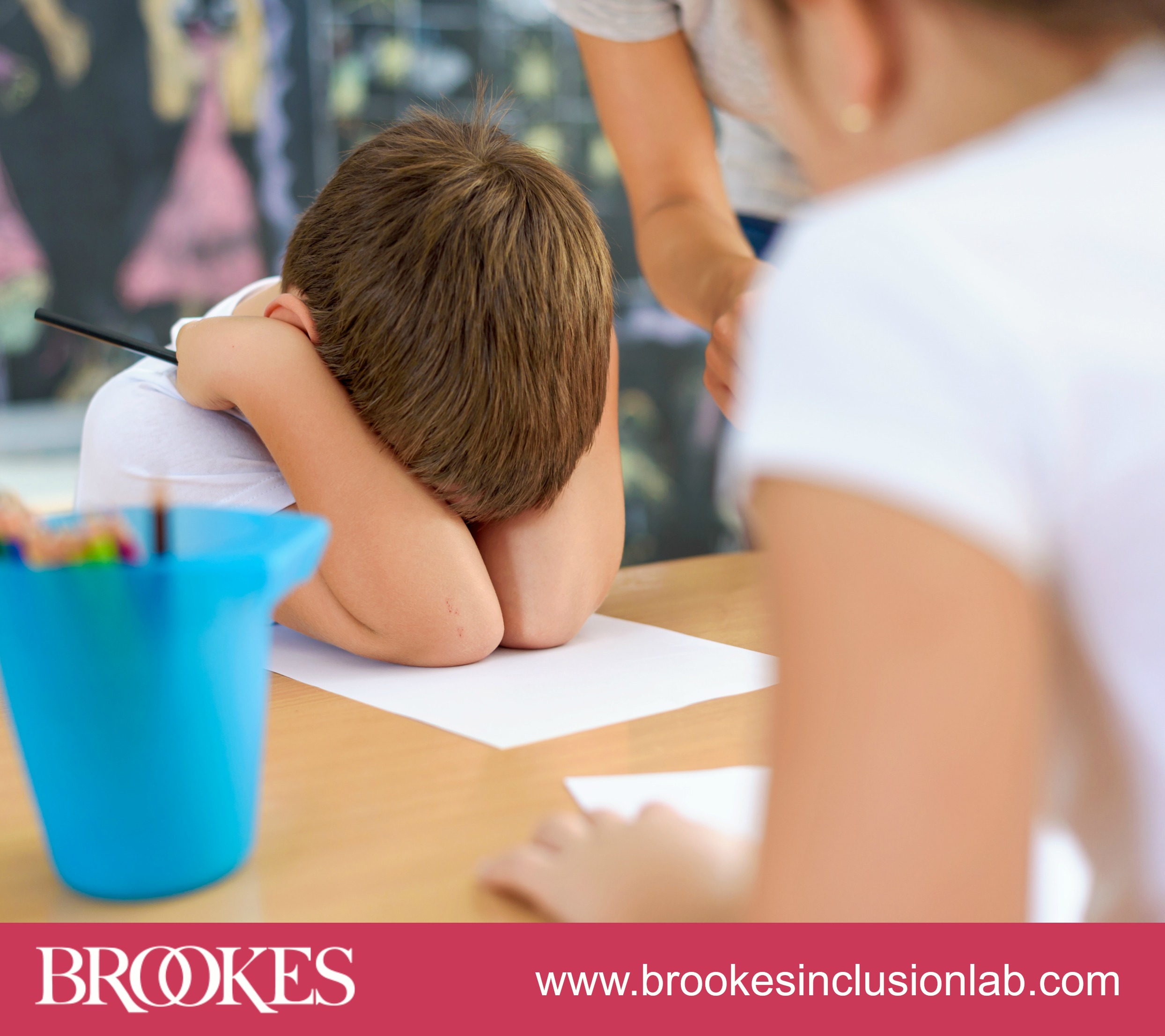
Each October, we provide you with some practical tips and strategies for National Bullying Prevention Month—a nationwide campaign founded more than a decade ago by PACER’s National Bullying Prevention Center. This year, we’re focusing on an element of bullying that isn’t often discussed: the issue of bullying behaviors that adults might perpetuate or engage in.
It’s a sensitive topic for many educators. Fellow teachers may be uncomfortable addressing specific behaviors and disciplinary practices they see their colleagues using. And some staff members may not be aware that despite their intentions, certain words, actions, and attitudes are creating or contributing to a hostile environment in their school.
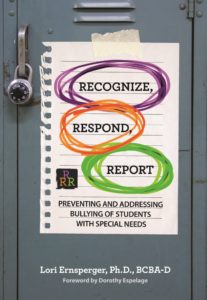 Because children take their cues from the grownups around them, it’s essential to examine bullying behaviors by adults and learn how to recognize and defuse them. In today’s post—adapted from Recognize, Respond, Report by Lori Ernsperger—we lay out three crucial steps that schools and staff can take to ensure that they’re creating an environment of social acceptance for all students.
Because children take their cues from the grownups around them, it’s essential to examine bullying behaviors by adults and learn how to recognize and defuse them. In today’s post—adapted from Recognize, Respond, Report by Lori Ernsperger—we lay out three crucial steps that schools and staff can take to ensure that they’re creating an environment of social acceptance for all students.
Check your own words and attitudes
Teacher bullying of students hasn’t been the subject of much research—but there’s considerable anecdotal evidence that even a few adults who exhibit power, fear, and humiliation over children can do a great deal of harm. Consider this remark by a young man with autism, as reported in Recognize, Respond, Report:
I have to say though that there are some teachers who seem to be bigger bullies than the kids at school … Some teachers take great delight in saying things that point out difficulties of kids like me and then bask in the laughter.
Teachers can create a climate of disrespect and fear through persistent criticism, sarcasm, “teasing,” and scapegoating. Students with disabilities may receive a disproportionate amount of this type of attention. When frustrated with students who are struggling, teachers might turn to reprimands like the following (and maybe on some days, you’ve even said similar things yourself):
- Jason, for goodness sake: Just once, pay attention!
- Jason, what is your problem today? Look at the board.
- Jason, where is your book again? You would lose your head if it weren’t attached.
A teacher who uses words like these probably doesn’t intend to harass the student. They may think they’re just trying to motivate the student or give him an incentive to change his behavior. But repeated negative verbal reprimands and humiliation can cause harm—not just to the student, but to the whole learning environment. Students are very sensitive to adult behavior, and unfair treatment from an adult in a position of authority doesn’t go unrecognized by the other students in the classroom. Low preference of a student by a teacher has been found to influence peer rejection. And belittling of students with disabilities supports the belief that these classmates are “less worthy” and not valued.
As teachers reflect on their overall classroom environment, they should ask the following questions:
- Is the climate of my classroom negative, with a high number of verbal reprimands?
- Do my students exhibit high rates of off-task behaviors?
- Is the frequency of my reinforcement (e.g., social praise) low?
- Do I generally feel stressed at the end of the school day? Am I losing patience with specific students?
- Are my students with disabilities being pointed out and targeted for minor infractions?
Remind yourself that children use information they observe to guide social choices—and if you often find yourself resorting to harsh or teasing comments, come up with a collection of alternative phrases you can use to redirect a student or get their attention.
Actively create a positive and nurturing environment
Creating a positive, supportive, and nurturing classroom climate may be the most important tactic a teacher can employ as a protective factor against bullying. How teachers interact with children can influence development of their sense of belonging and confidence in their social abilities.
Simple strategies for developing student rapport and setting a positive classroom tone include:
- Addressing students by name frequently
- Greeting them at the door when they enter the classroom
- Smiling often
- Talking with students about their interests (this demonstrates that you care about them beyond their performance in the classroom)
- Learning about students’ families and communities
- Creating a schedule with high levels of student engagement and a variety of lessons that maximize time on task
- Identifying students who are following classroom expectations and giving them reinforcement by labeling the intended behavior: “I love how Jason is looking at me!”
- Writing notes home to parents to highlight appropriate student conduct
- Spending time in students’ homes and attending extracurricular activities and community events
- Discussing current events and community issues with students
- Actively listening to student concerns and taking specific action to let students know their opinions are respected
Get direct student input about your classroom climate
Despite your best efforts, it may be difficult to get an accurate read on the kind of climate you’re creating in your classroom. One way to find out how students are experiencing your classroom environment (and your behavior as a teacher) is to give students an anonymous student survey. This is a quick and easy way to gather honest student impressions. Be sure to tell students that their answers will be confidential—they will be more candid when they know their responses won’t be shared or used against them. (You can find guidance on and examples of student surveys in Chapter 7 of Recognize, Respond, Report.)
Inviting evaluation from students may make you feel vulnerable, but asking for students’ opinions can help you meaningfully improve your classroom climate. Sometimes, the information students provide can point to improvements that you can easily make once you’re aware of the need.
***
It may be awkward and unpleasant to admit that adults in a school setting can also exhibit or facilitate bullying behaviors, but all school personnel must be courageous enough to examine their own practices and speak up if they see other adults using discriminatory or derogatory language in school. It’s up to everyone not to perpetuate the silence of others—and create a school culture where every child feels respected and valued.
READ MORE
For a powerful look at how The Silence of Others affects students, see this essay from Lori Ernsperger.
For up-to-date statistics on the persistent issue of cyberbullying, see this resource. Also, the results of this survey by Comparitech further illuminate technology’s role in bullying and break down the most common contexts and channels in which students experience bullying.
For an engaging anti-bullying resource to share with kids, see this guide from Safety.com.
CHECK OUT THE BOOK
 Explore Recognize, Respond, Report: see the table of contents, download an excerpt, and watch a webinar with the author!
Explore Recognize, Respond, Report: see the table of contents, download an excerpt, and watch a webinar with the author!
A different version of this article originally appeared in Brookes Publishing’s K–12 Education newsletter. Sign up for the newsletter here!

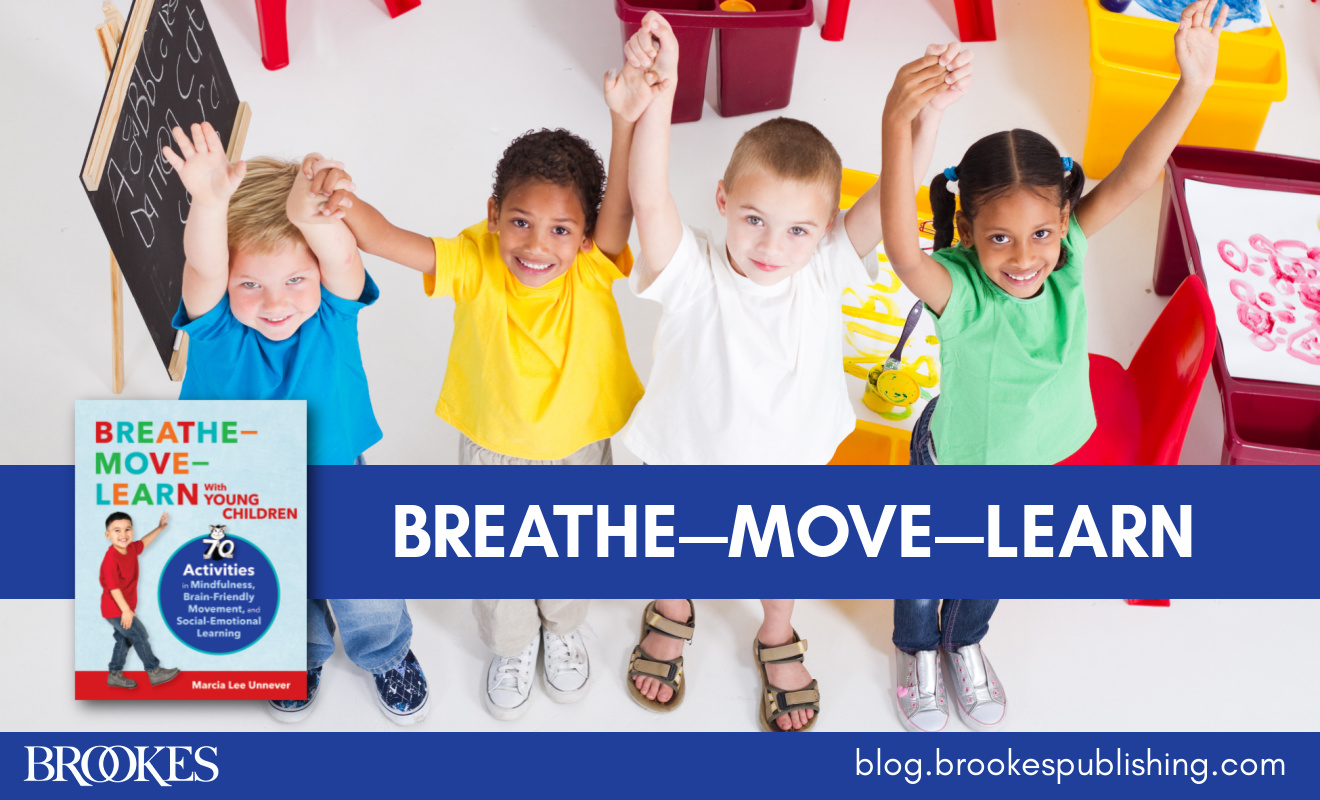
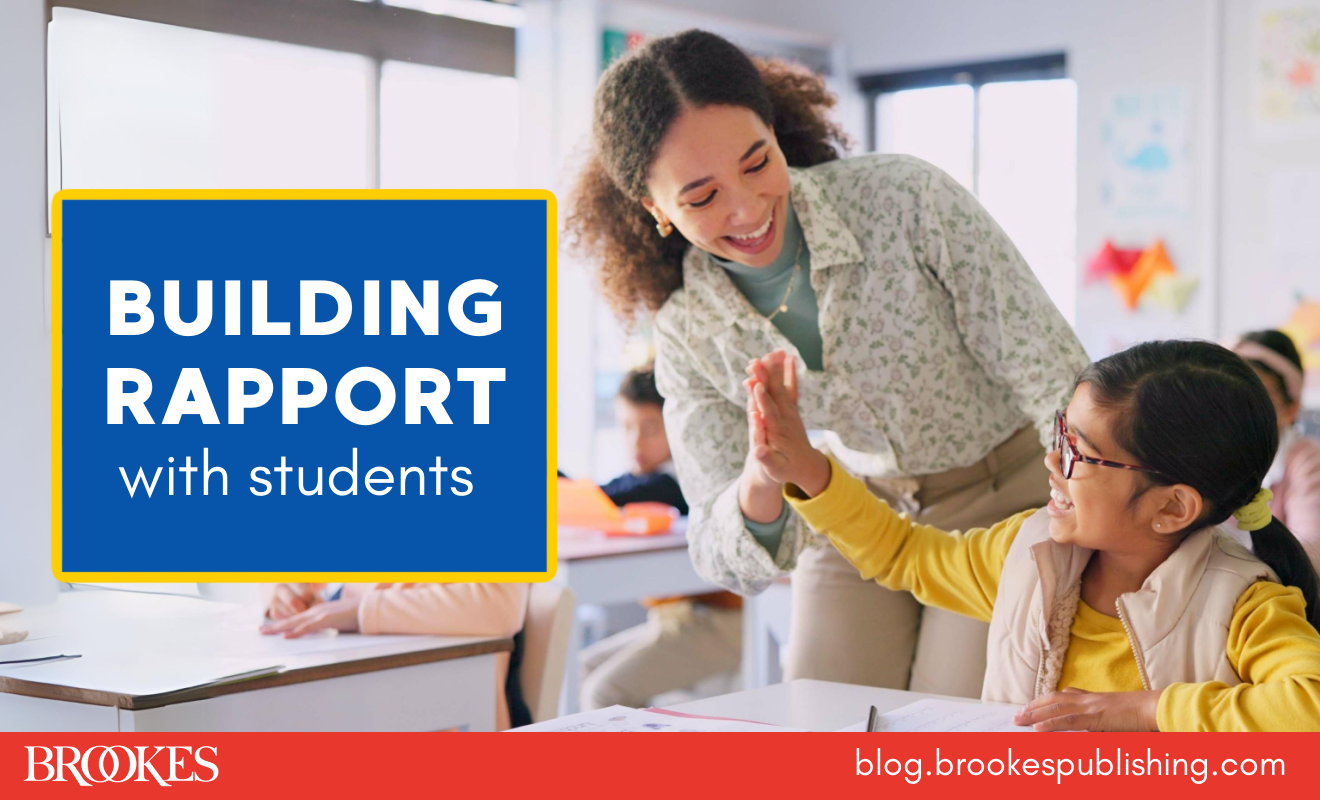
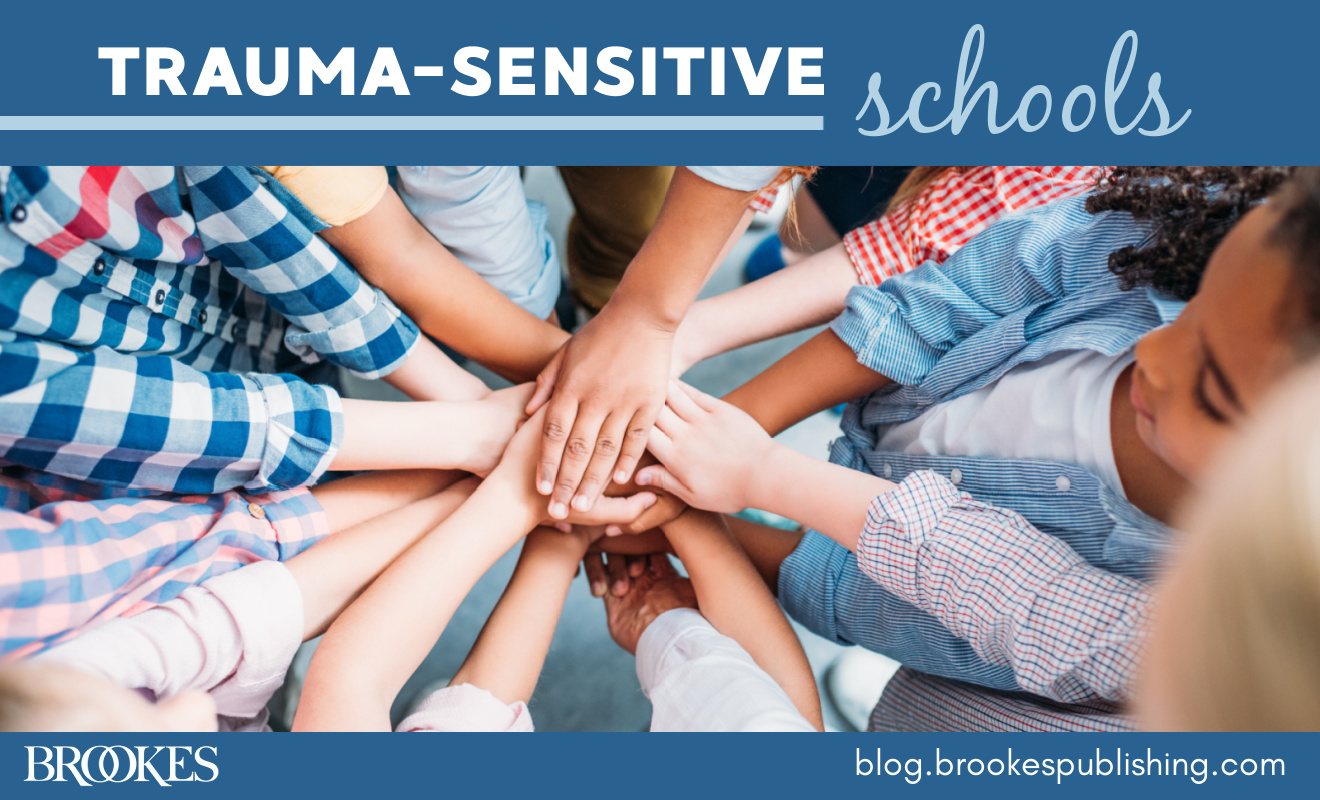
Write a Comment
Your email address will not be published. Required fields are marked *
Post a Comment